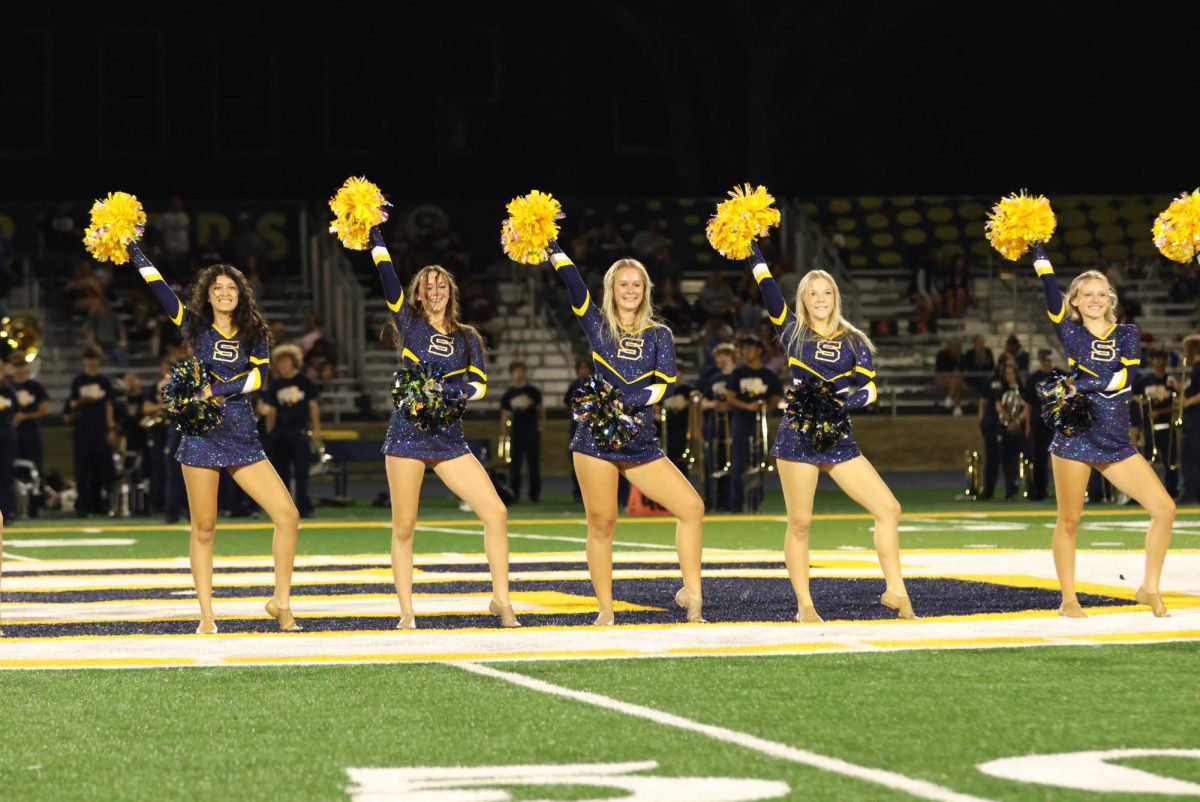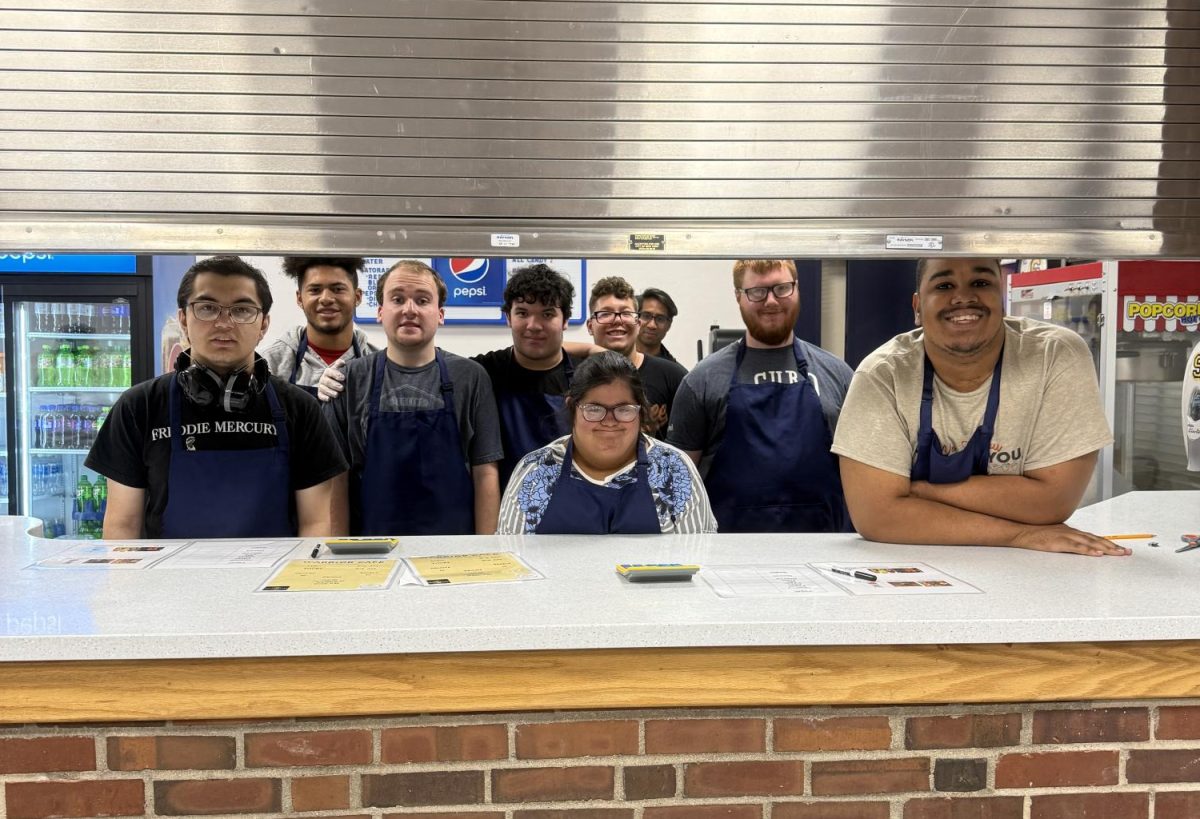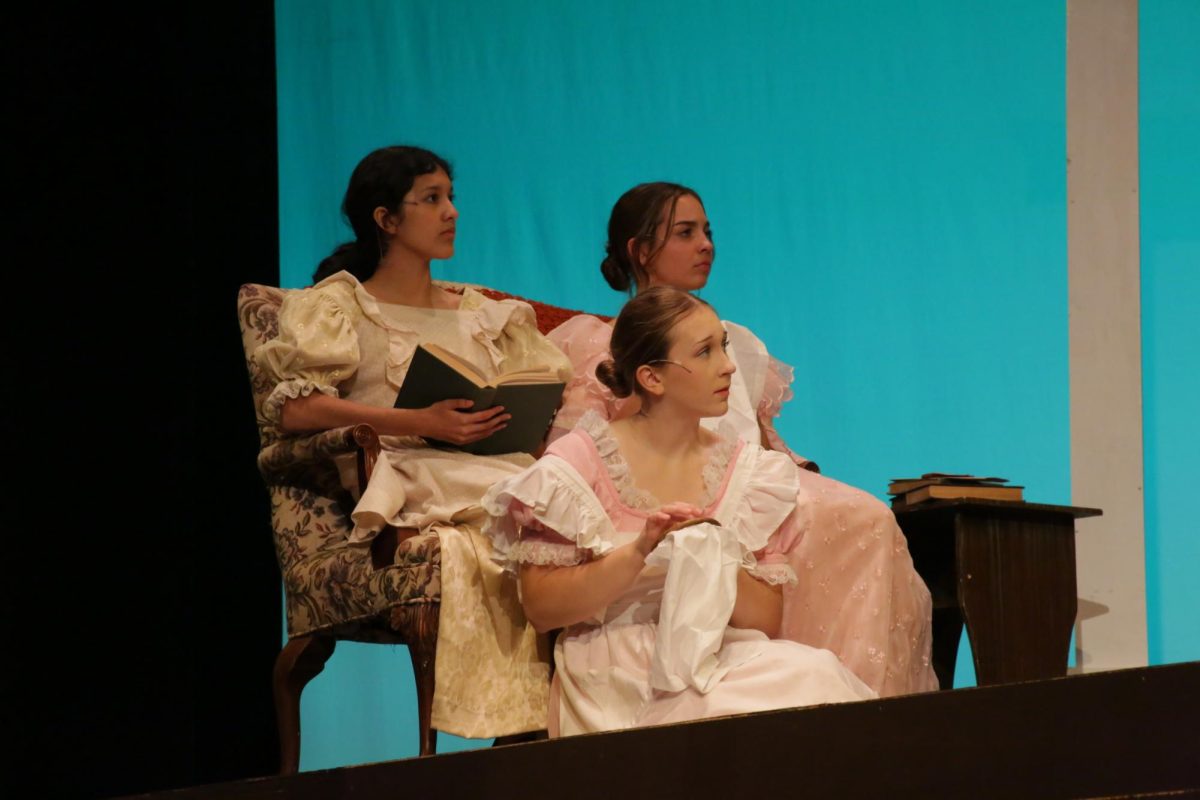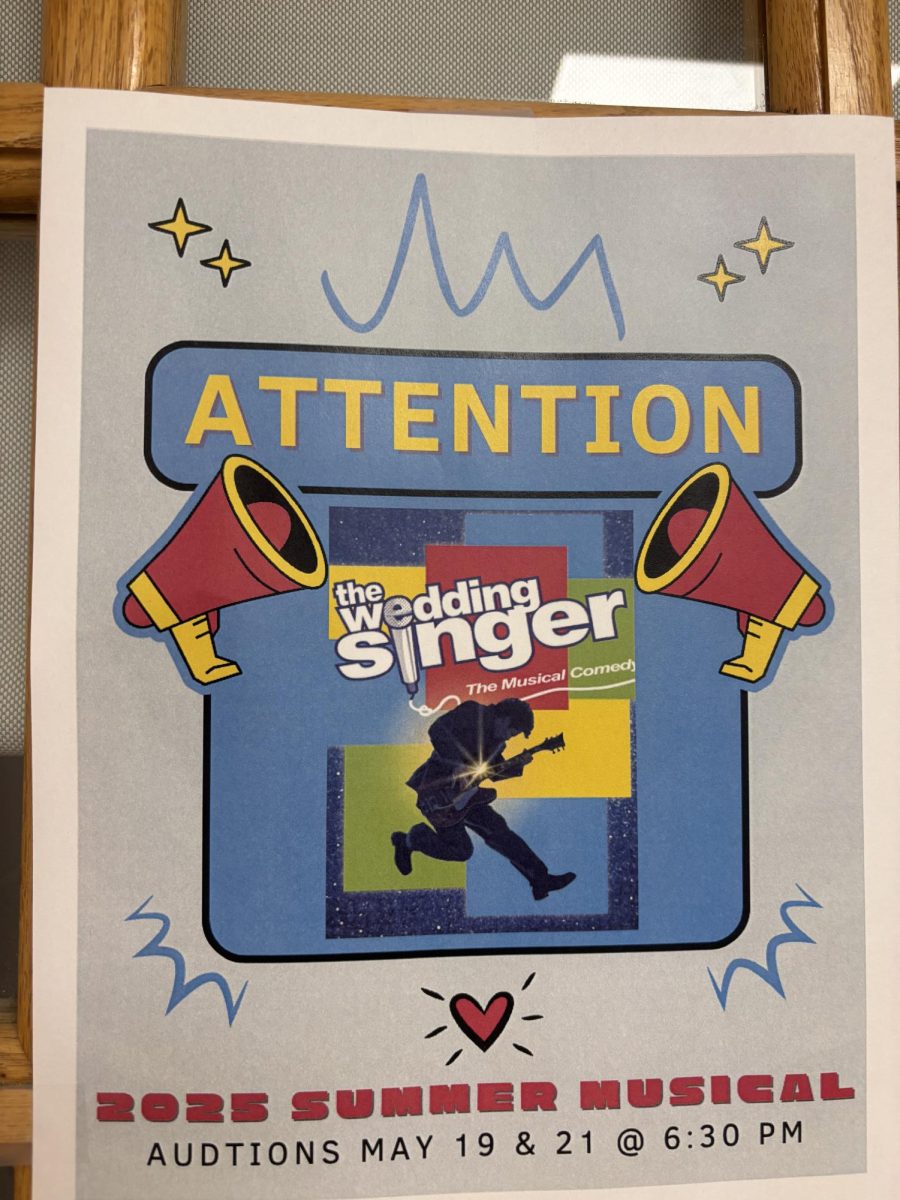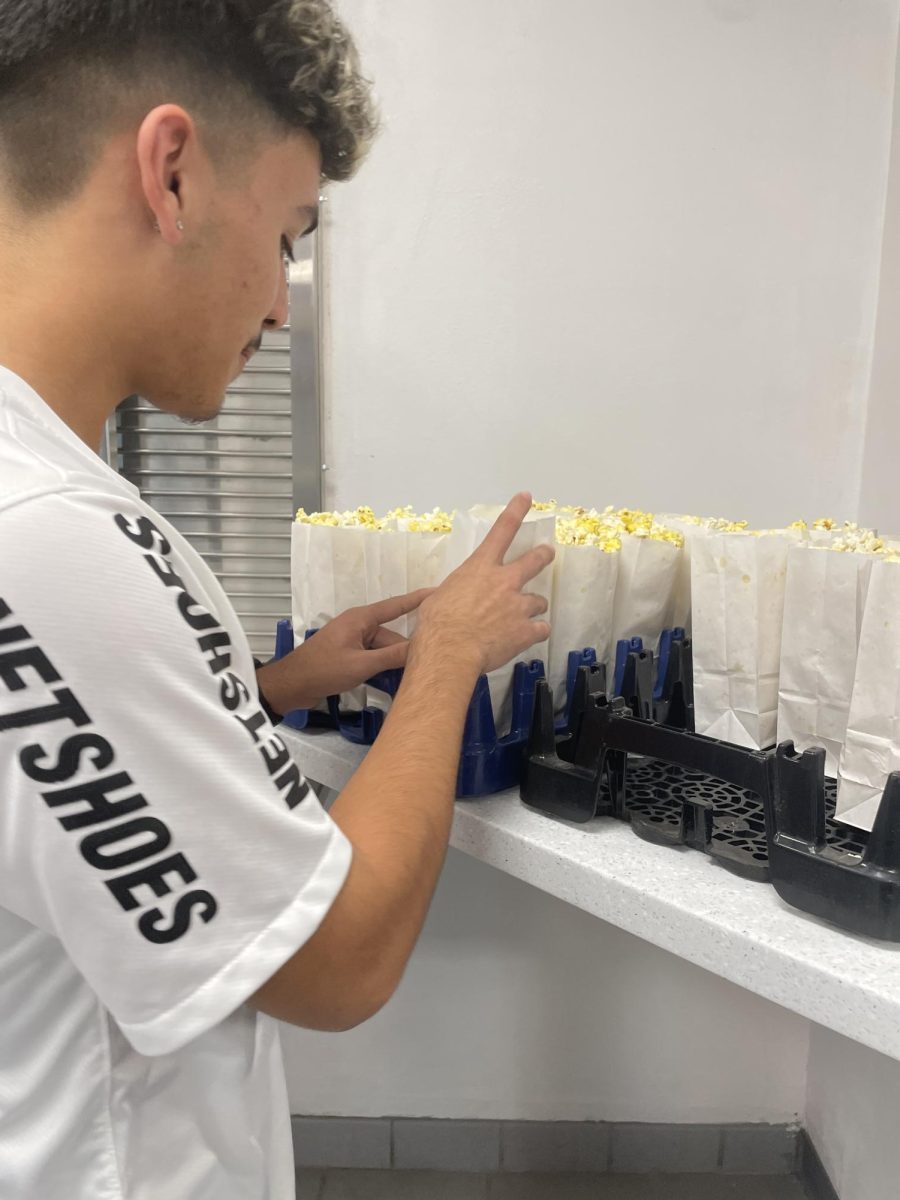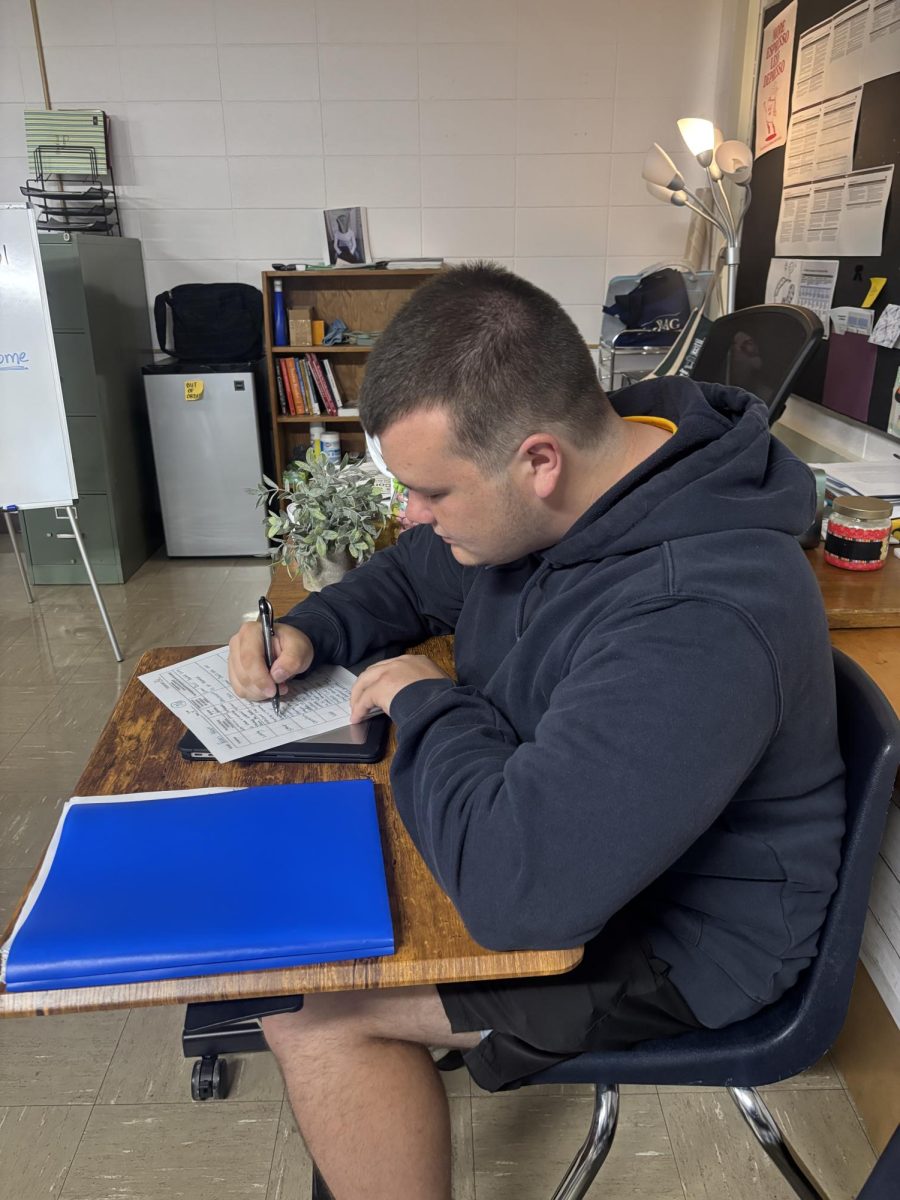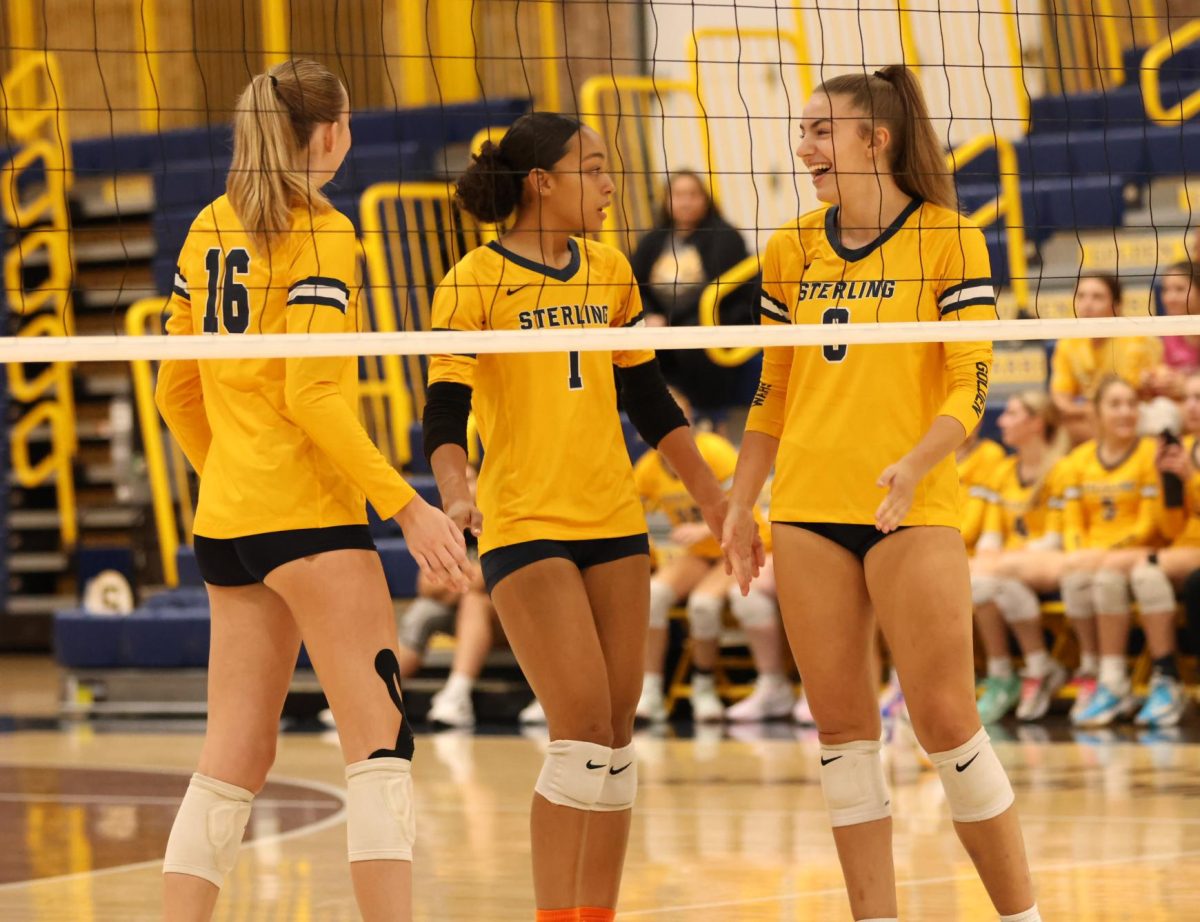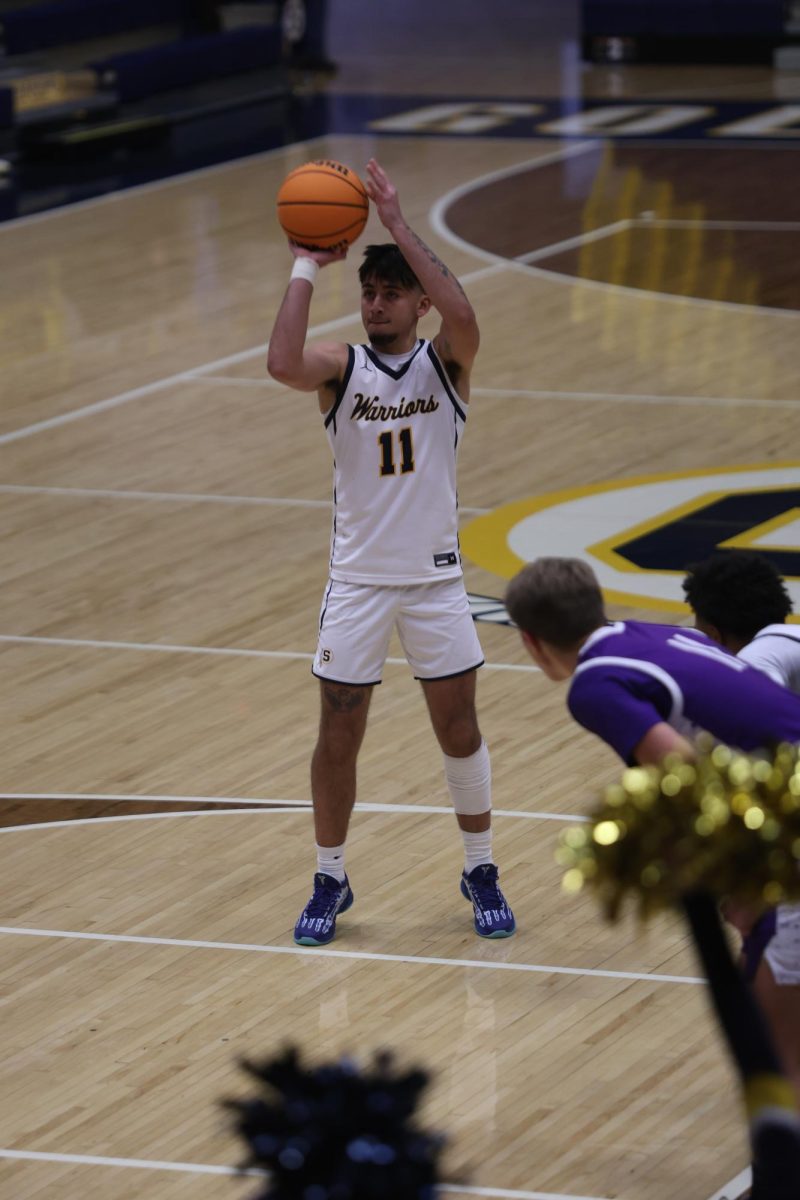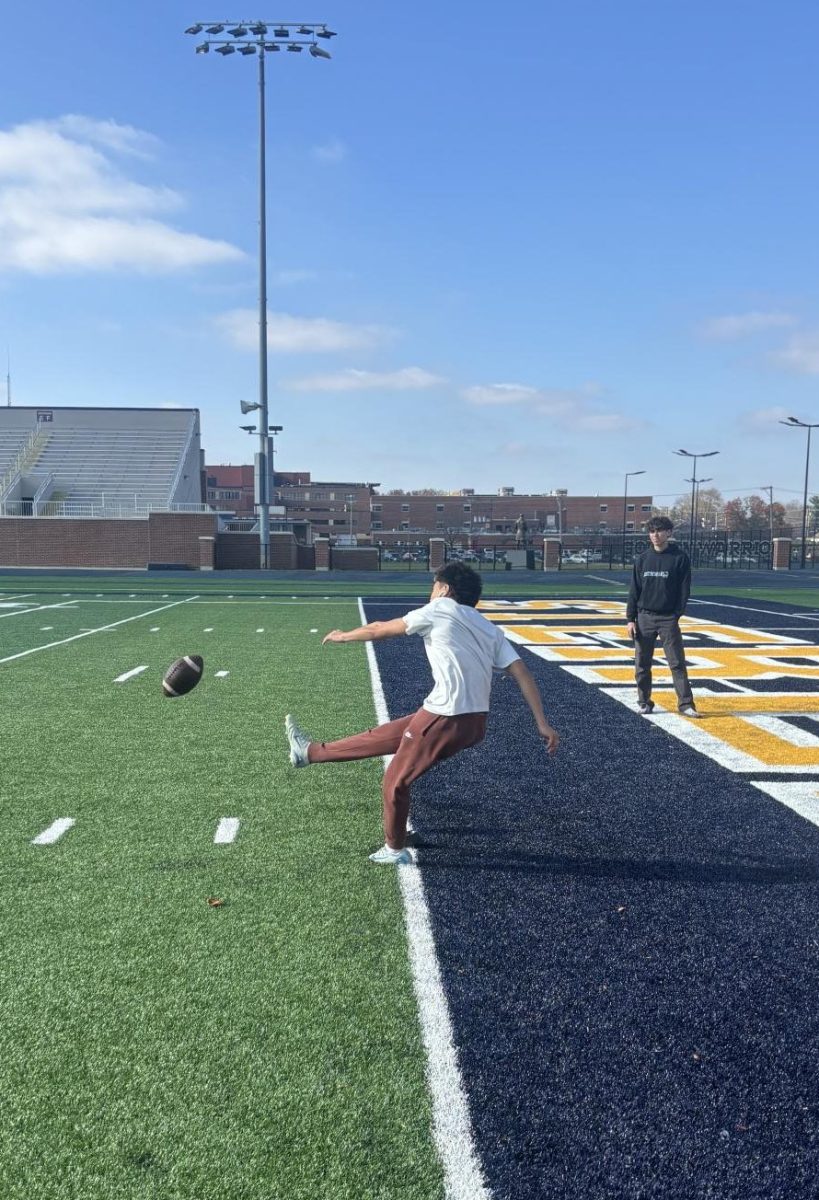Students in math teacher Joel Penne’s Statistics in Sports class recently conducted an experiment to determine whether a cold football or hot football would travel further when kicked.
Participants in fifth hour came to a near unanimous conclusion that the hot football would travel farther. Junior Ryan Gebhardt kicked for the fourth hour class and senior Ivan Marin kicked for the fifth hour class. Gebhardt is the varsity kicker for the football team, making him an easy choice for the kicker. Although Marin is not a football player, he plays soccer on the varsity team.
Students appreciated this unusual lesson.
Marin stated, “Stats is fun when we do experiments outside.”
In order to find the answer, the students conducted an experiment with many constants. These are variables kept the same throughout both ends of the experiment to ensure they can draw a conclusion based on the data.
Penne assigned a job to every individual in the class. Jobs such as distance authorities, a kicker companion, recorder, and football distributors.
In order to keep the cold balls cold and the hot balls hot, Penne had put a system in place. He would store the hot footballs in his running car with the heat on for over an hour to ensure they would be at perfect temperature.
The cold footballs were a little more challenging. They were stored in a freezer in the main office. Students would open the window in the main office and drop them from above and move the footballs in an assembly line allowing the footballs to keep their temperature as well as possible.
Assembly line operator and senior Eliott Mock says dropping the footballs from the office window was “a very easy task.”
While all of this is happening, the kicker would be turned around with music playing in their headphones so there would be no idea on which football they were kicking. Then the kicker was turned around and was ready to attempt their kick. Every kick was recorded and written down.
It turned out that in both experiments the hot football traveled a further distance. This distance was between 1.5 yards and 2 yards.
Students then began to apply this data to their class and ultimately answer the question: Does the temperature of the ball significantly affect the distance it can be kicked?
